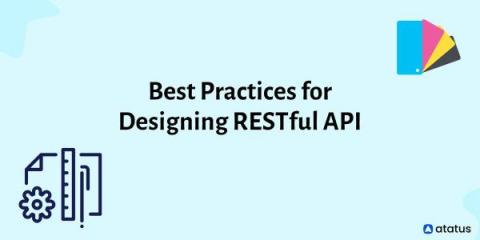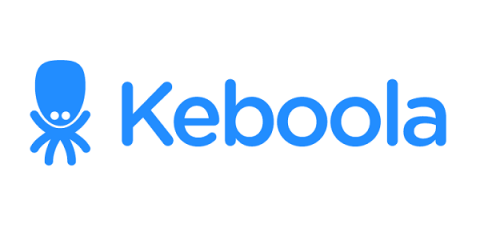7 Modern Microservice Design Patterns
Microservices have an entirely new set of problems due to their distributed service-oriented architecture. As a result, microservice design patterns have surfaced. This post will consider the specific design patterns that can help us build reliable, secure and traceable microservices.










